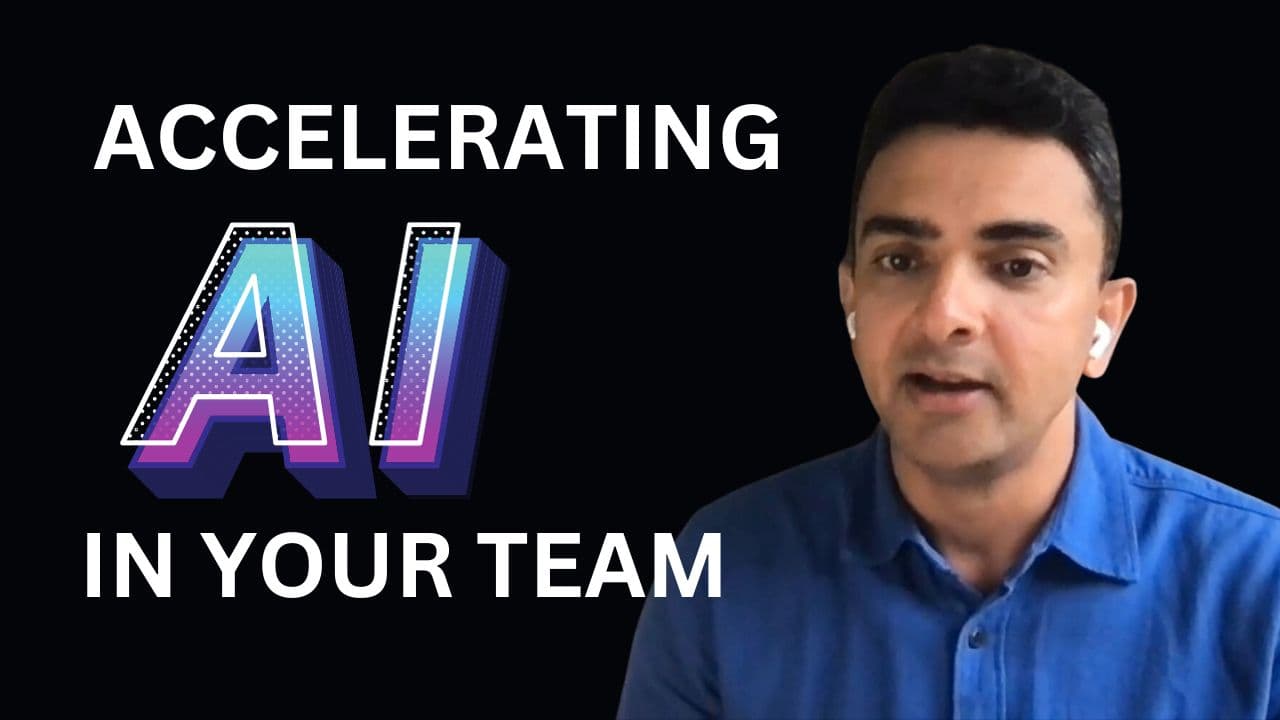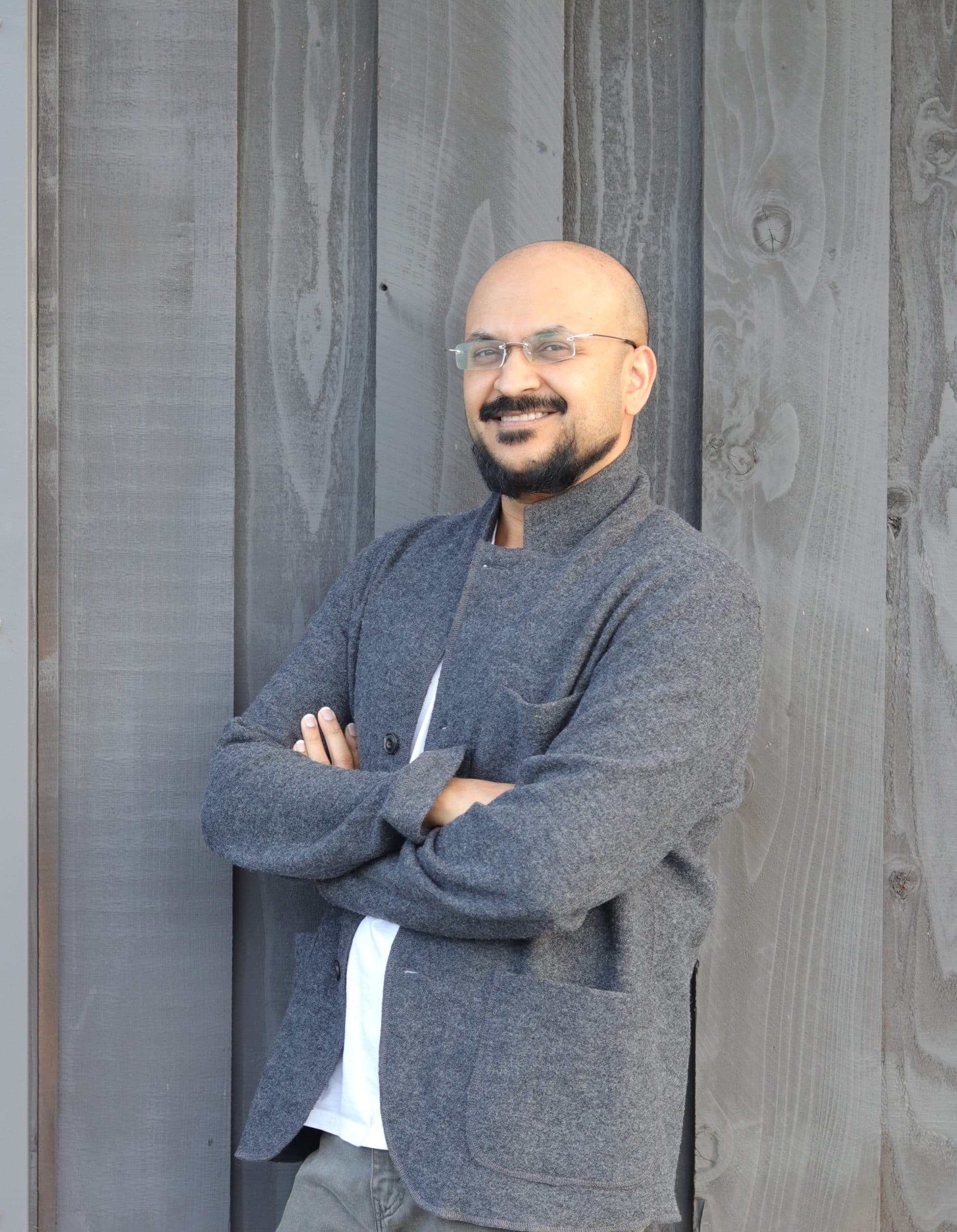
Unveiling the Secrets to New Manager Success
… [Read more](https://www.managersclub.com/unveiling-the-secrets-to-new-manager-success/ "Unveiling the Secrets to New Manager Success")


Location: Washington, DC area (Northern Virginia to be specific)
Current Role: Head of Product Development and Engineering for Sonatype, a maker of tools and solutions for software development
I was an individual contributor for the first 10 years of my career. I loved writing software, especially network software, wrangling with complex problems in pursuit of the simplest possible solutions. While I was a good (not great) software developer, I suspected I might be a better leader. Being an individual contributor, I was often frustrated with the environments within which I typically had to work, not being effectively supported, not knowing what was expected of me and not necessarily having what I needed to be successful. I sensed there had to be a better way and told myself if I was ever given the opportunity to lead, that I would turn the model upside down, putting the individual contributors first and focus relentlessly on supporting them.
When I did finally move into a management role, this paradigm shift was a surprisingly effective device for me – and still is to this day. It leads to better team engagement and effectiveness. This certainly wasn’t original thought at the time, but it was not pervasively applied either. Emboldened by this early success, I’ve been iterating ever since. Excellence in leadership is a lifelong journey.
We have been materially scaling our fully remote organization, roughly doubling in the last year and a half. This degree of change and the adaptations required are always challenging. We also strive to provide new opportunities to existing people before resorting to hiring, and many of these have been leadership roles. Moving from individual contributor to supporting individual contributors is a huge shift. Thankfully, we’ve also matured our ability to effectively support these leaders, many of which are new to the discipline.
The remote organization is not a path well traveled, though the advantages of this design have more than offset the learning we’ve faced. As we scale, we need to ensure the right information is flowing effectively to the people that do the real work – the individual contributors. This is a work in progress currently, and while plenty of great work is being done, I know we must continue to improve communication to fully unlock our potential.
We started with a few fundamental principles considering our fully remote organization, with everyone working from home. We have remained true to these for the six plus years I have been at Sonatype. They resulted in extremely high success rates from the start, and the evolutionary refinements we have made since then have been to improve efficiency. This has benefitted both the candidates and everyone that participates in the recruiting process from Sonatype. The basic tenants of our hiring practices are:
As we scaled, we added in a technical screening after our internal recruiting team has done a preliminary screen. We also added a “take home” test after the technical screening. Both of these, along with changes in the overall sequencing of recruiting steps, have led to material improvements in the efficiency of the overall recruiting process.
An abridged bullet point synopsis:
Despite having a fair amount of organizational responsibility, I routinely remind myself that my job is to support people. I certainly establish key organizational goals and get everyone rallied in their pursuit, but these things require only a sliver of my time. The majority of my time must be focused on ensuring everyone has what they need to pursue their more specific goals, that the design of the organization is working well. To ensure everyone is rowing in the right direction, I vigilantly observe and listen, occasionally asking questions, sometimes nudging folks – often by asking probing questions. Thankfully, the number of true emergencies or crises that require my direct engagement is very low. In such rare circumstances, I dig in and get my hands (a little) dirty, sometimes making decisions that might feel imposed given our decision making is pushed as far into the organization as possible.
The engineer in me wants to take action and solve problems, but I stay out of the way whenever appropriate. I know the people within the organization are the real pros, doing what they do best, and they don’t need me meddling. It might even look like I don’t actually do that much despite what I’m ultimately responsible for. I don’t! That is key. Assuming course and speed are right, I just look for places where my help is going to be the most beneficial. There are plenty.
I didn’t realize it until I read Tasha Eurich’s recent article about self-awareness on HBR, but I tend to ask “what” more than “why”. Instead of, “Why is this thing going off the rails?” it’s much better to ask, “What do we need to do to get this back on the rails?” As Tasha notes, the typical human inclination is to ask “Why?” and it tends to delay getting on the path to progress. “What?” leads to a bias for action versus analysis.
This perhaps isn’t novel, but Google’s G Suite certainly fits the bill. With our fully remote work environment, the combined synchronous and asynchronous collaboration this platform enables provides extraordinary benefit. I’ve witnessed situations where we were on a short timeline to release a high-profile application security advisory to customers and users. We had 10 or more people simultaneously fleshing out the content, very quickly, very effectively. It was like watching a time-lapse video of a sculptor at work.
David Marquet’s “Turn the Ship Around” is a recent favorite. There might be some bias given my Navy experience with the broken command and control culture I suffered that Marquet confronted head-on, with incredible courage. This book is now (basically) required reading here at Sonatype because in dealing with complex domains, the book crisply explains that to be most effective, EVERYONE must lead.
The posts I have published on LinkedIn provide a good feel for how I think about leadership and organizational design. My twitter handle is @mah0526.
This series asks engineering managers to share their experiences with the intent of helping other engineering managers learn and improve. Have someone you want to see featured or questions you think we should ask? Contact me.

… [Read more](https://www.managersclub.com/unveiling-the-secrets-to-new-manager-success/ "Unveiling the Secrets to New Manager Success")

… [Read more](https://www.managersclub.com/accelerating-ai-in-your-team-strategies-for-success/ "Accelerating AI in Your Team: Strategies for Success")

In this video, Rajesh Janakiraman, an engineering manager at Google, shares his insights and experiences on leading business critical projects while ensuring his team remains motivated and doesn’t burn out. Business critical projects can be intense, high visibility deadlines that often shift roadmaps and include executive-level oversight. Building the right team, maintaining communication, and managing expectations around these challenging projects are crucial to preventing burnout and driving results.

Are you on the lookout for a collaborative, engaging community tailored specifically for your role? Look no further! Introducing the Managers Club Discord server dedicated to leadership in engineering. We’re a community of engineering managers, team leads, and CTOs who come together to share experiences, best practices, and insights.

Are you an Engineering Manager curious about gauging your effectiveness and success in your role? In this insightful episode, we dive deep into metrics and stakeholder management with Ivan Bilan, an experienced engineering manager. Discover the core metrics for measuring engineering manager performance in people leadership, product quality, delivery, and self-promotion, and learn the importance of stakeholder management in driving team success. In this video, we will be looking at how to measure success and performance for managers. We’ll be exploring different methods and tools that managers can use to measure their own success, as well as the success of their team. Don’t miss out on these valuable insights and strategies!

In this engaging conversation, experienced technical recruiter Kate Parton shares vital advice and insider tips for candidates seeking job opportunities in the tech industry. She discusses red flags to watch for, navigating compensation discussions, common misconceptions about the recruiting process, and how to make the most of your partnership with a recruiter. Discover the role of social media and the rise of AI in the hiring process. Kate shares valuable tips and advice on making your job search and interview process smoother and more successful. Tune in for an insider’s perspective on the world of recruitment and how to avoid common pitfalls!